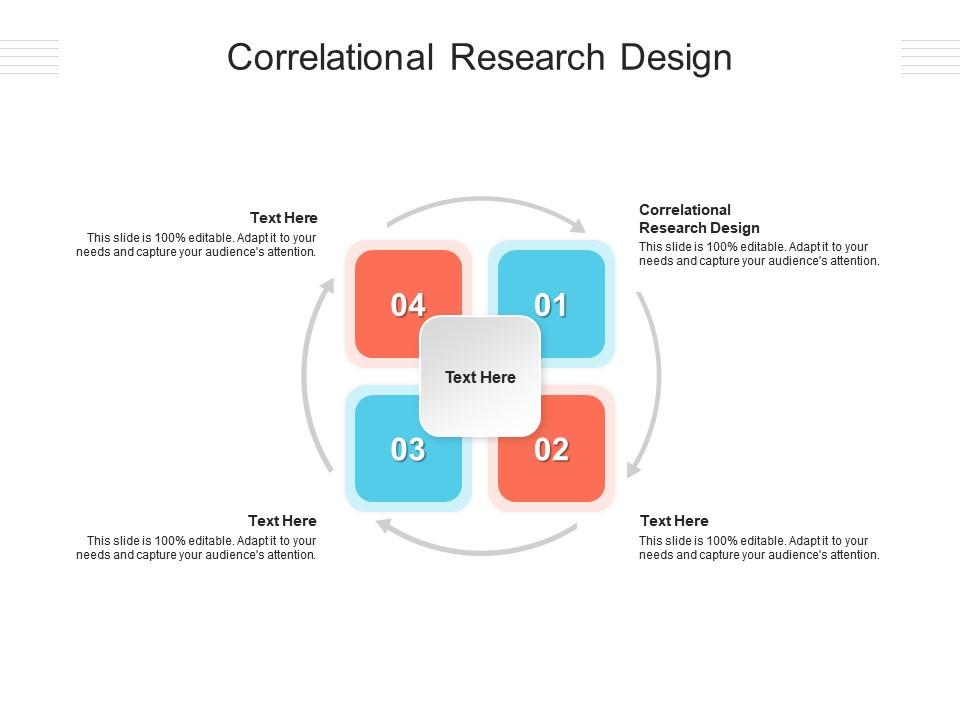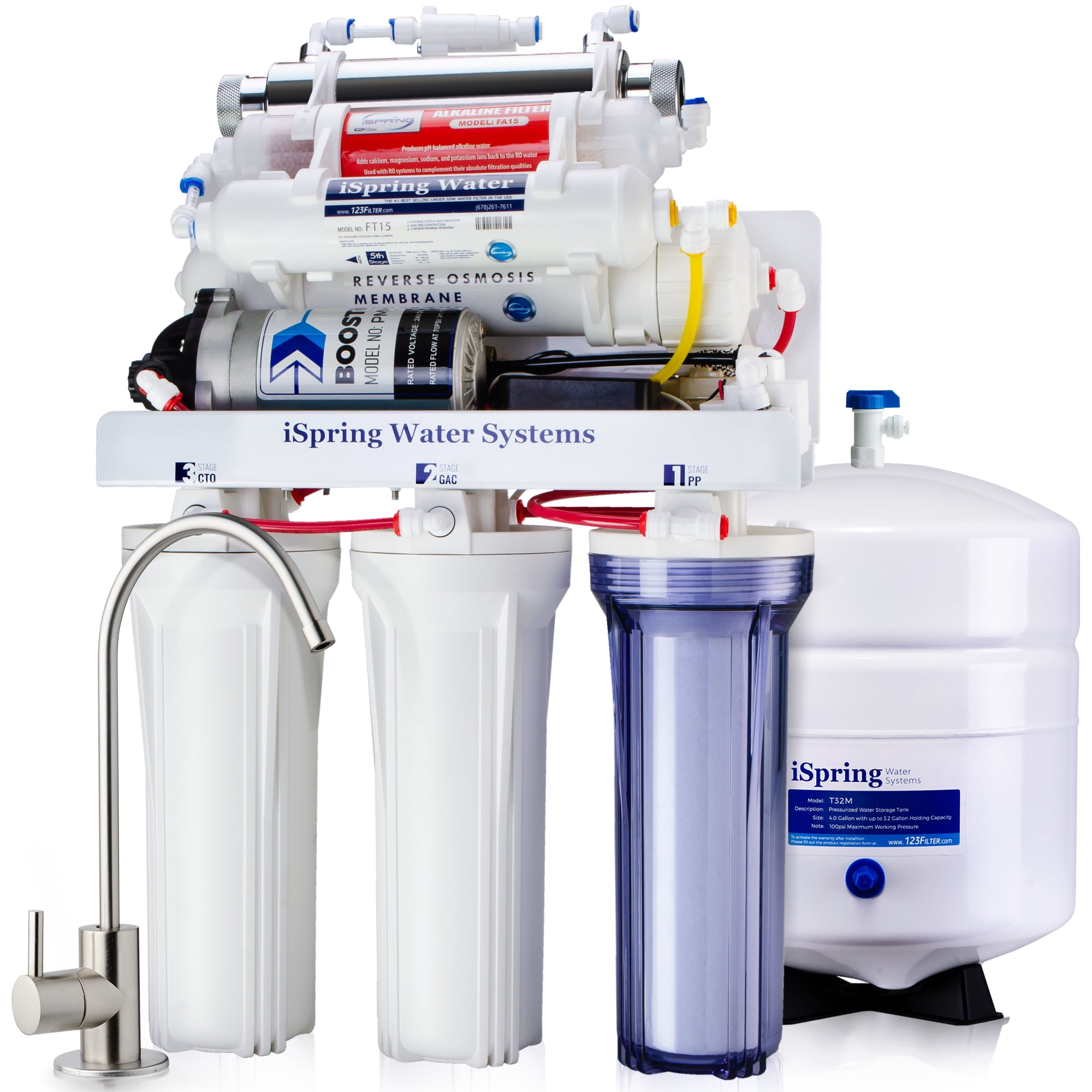Table Of Content

Sporadic change patterns that occur in variables with zero correlational are usually by chance and not as a result of corresponding or alternate mutual inclusiveness. You can use this equation to predict the value of one variable based on the given value(s) of the other variable(s). It’s best to perform a regression analysis after testing for a correlation between your variables. Using secondary data is inexpensive and fast, because data collection is complete.
What is the Correlation Coefficient?
Perceptions of younger generations as broadly suffering from mental health problems are exaggerated and potentially harmful. Correlations only describe the relationship, they do not prove cause and effect. Correlation is a necessary, but not a sufficient condition for determining causality. For librarians and administrators, your personal account also provides access to institutional account management.
Books
But, he noted that climate change is still expected to further stretch those natural extremes. The systems aren’t typically accompanied by thunderstorms, but several systems were this season, driving locally historic rainfall and flash flooding in several areas, including San Diego and Oxnard. “We like to talk about California being the land of extremes, where it’s either extremely dry or extremely wet. This year was abnormal because it was fairly close to normal through April 1,” the date that typically marks the end of California’s wet season.
Qualitative Research Methods
While the inability to change variables can be a disadvantage of some methods, it can be a benefit of archival research. That said, using historical records or information that was collected a long time ago also presents challenges. For one, important information might be missing or incomplete and some aspects of older studies might not be useful to researchers in a modern context. Use the correlational research method to conduct a correlational study and measure the statistical relationship between two variables.
Third variable problem
Similarly, as one variable decreases, the other variable tends to increase. For example, there is a negative correlation between the number of hours spent watching TV and physical activity level. The more time a person spends watching TV, the less physically active they are likely to be.
V. Chapter 5: Experimental Research
After creating your correlational research survey, you can share the personalized link with respondents via email or social media. Correlational research observes and measures historical patterns between 2 variables such as the relationship between high-income earners and tax payment. Correlational research may reveal a positive relationship between the aforementioned variables but this may change at any point in the future. Correlational research examples are numerous and highlight several instances where a correlational study may be carried out in order to determine the statistical behavioral trend with regards to the variables under consideration. This method is less expensive, saves time and provides the researcher with more disposable data to work with. However, it has the problem of data accuracy as important information may be missing from previous research since the researcher has no control over the data collection process.
Formplus - For Seamless Data Collection
The Pearson product-moment correlation coefficient, also known as Pearson’s r, is commonly used for assessing a linear relationship between two quantitative variables. Path analysis is a statistical method used to model the relationship between multiple variables. Researchers use path analysis to test causal models and identify direct and indirect effects between variables. A negative correlation occurs when one variable increases while the other decreases. This means that as one variable increases, the other variable tends to decrease.
How California’s storms are projected to become more extreme with climate change
For example, counting the number of people named Virginia who live in various states based on Social Security records is relatively straightforward. In the late 1980s, Peterson and his colleagues reviewed the men’s questionnaire responses to obtain a measure of explanatory style—their habitual ways of explaining bad events that happen to them. More pessimistic people tend to blame themselves and expect long-term negative consequences that affect many aspects of their lives, while more optimistic people tend to blame outside forces and expect limited negative consequences. To obtain a measure of explanatory style for each participant, the researchers used a procedure in which all negative events mentioned in the questionnaire responses, and any causal explanations for them, were identified and written on index cards. These were given to a separate group of raters who rated each explanation in terms of three separate dimensions of optimism-pessimism.
Causal associations of brain structure with bone mineral density: a large-scale genetic correlation study Bone Research - Nature.com
Causal associations of brain structure with bone mineral density: a large-scale genetic correlation study Bone Research.
Posted: Thu, 20 Jul 2023 07:00:00 GMT [source]
Parametric design and correlational analyses help integrating fMRI and electrophysiological data during face processing - ScienceDirect.com
Parametric design and correlational analyses help integrating fMRI and electrophysiological data during face processing.
Posted: Sun, 07 Jan 2018 02:17:45 GMT [source]
Researchers use correlation coefficients to determine the degree to which two variables are related. While correlational research does not involve manipulating variables, researchers can use experimental design to establish cause-and-effect relationships between variables. Experimental design involves manipulating one variable while holding other variables constant to determine the effect on the dependent variable. A correlational study is a type of research design that looks at the relationships between two or more variables. Correlational studies are non-experimental, which means that the experimenter does not manipulate or control any of the variables. Fearmongering happens when the mere association between an activity such as social media use and a brain pathway is taken as a sign of something harmful on its own.
Correlational research is a type of nonexperimental research in which the researcher measures two variables and assesses the statistical relationship (i.e., the correlation) between them with little or no effort to control extraneous variables. There are essentially two reasons that researchers interested in statistical relationships between variables would choose to conduct a correlational study rather than an experiment. The first is that they do not believe that the statistical relationship is a causal one. For example, a researcher might evaluate the validity of a brief extraversion test by administering it to a large group of participants along with a longer extraversion test that has already been shown to be valid. This researcher might then check to see whether participants’ scores on the brief test are strongly correlated with their scores on the longer one. Neither test score is thought to cause the other, so there is no independent variable to manipulate.
The circled point represents a person whose stress score was 10 and who had three physical symptoms. It is best to conduct correlational research using an online correlational research survey form as this makes the data-gathering process, more convenient. Formplus is a great online data-gathering platform that you can use to create custom survey forms for correlational research.
Generally, previous studies or theories, records, documents, and transcripts are used as the primary source of information. Correlation research design is used when experimental studies are difficult to design. Survey data might be cost-efficient and easy to get, but it has its downsides. For one, the data is not always reliable—particularly if the survey questions are poorly written or the overall design or delivery is weak. Data is also affected by specific faults, such as unrepresented or underrepresented samples.
To validate this scale, you need to test whether it’s actually measuring loneliness. You collect data on loneliness using three different measures, including the new scale, and test the degrees of correlations between the different measurements. You think there is a causal relationship between two variables, but it is impractical, unethical, or too costly to conduct experimental research that manipulates one of the variables. Overall, the purpose of correlational research is to provide insight into the relationship between variables, which can be used to inform further research, interventions, or policy decisions.

That helps you generalise your findings to real-life situations in an externally valid way. By Kendra Cherry, MSEdKendra Cherry, MS, is a psychosocial rehabilitation specialist, psychology educator, and author of the "Everything Psychology Book." Kendra Cherry, MS, is a psychosocial rehabilitation specialist, psychology educator, and author of the "Everything Psychology Book."
There are advantages and disadvantages to each of the three design options presented above. Correlational studies, better known as observational studies in epidemiology, are used to examine event exposure, disease prevalence and risk factors in a population (Elwood, 2007). In eHealth, the exposure typically refers to the use of an eHealth system by a population of subjects in a given setting. These subjects may be patients, providers or organizations identified through a set of variables that are thought to differ in their measured values depending on whether or not the subjects were “exposed” to the eHealth system.
These occurrences can then be counted, timed (e.g., the amount of time devoted to entertainment topics on the nightly news show), or analyzed in a variety of other ways. Often, however, the behaviours of interest are not so obvious or objective. The observers committed this list to memory and then practised by coding the reactions of bowlers who had been videotaped. The distinctive feature of correlational research is that the researcher can’t manipulate either of the variables involved. A researcher could observe participants in a closed environment or a public setting. Two variables, X and Y, can be statistically related because X causes Y or because Y causes X.

No comments:
Post a Comment